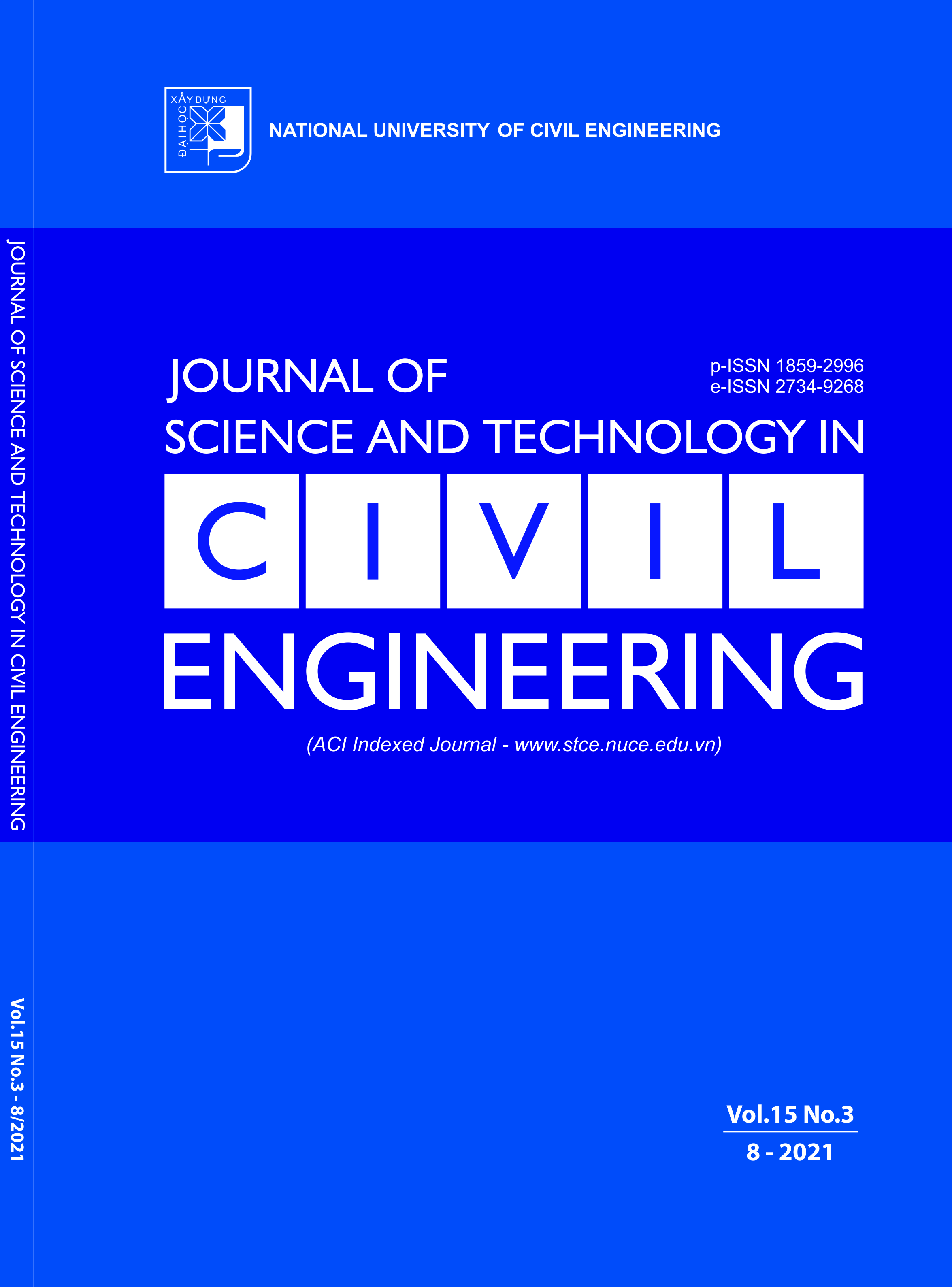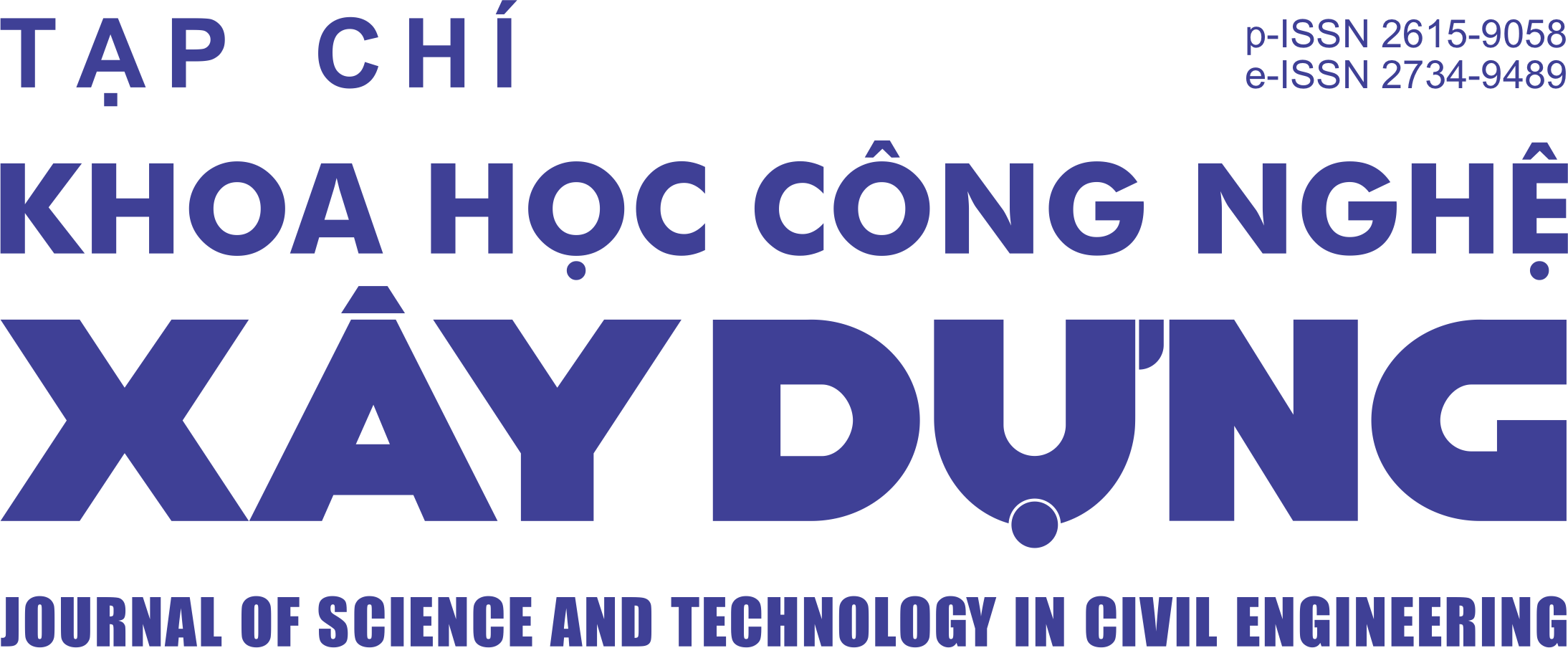An effective high-order element for analysis of two-dimensional linear problem using SBFEM
Abstract
The scaled boundary finite element method (SBFEM) is a semi-analytical method, whose versatility, accuracy, and efficiency are not only equal to, but potentially better than the finite element method and the boundary element method for certain problems. This paper investigates the possibility of using an efficient high-order polynomial element in the SBFEM to form the approximation in the circumferential direction. The governing equations are formulated from the classical linear elasticity theory via the SBFEM technique. The scaled boundary finite element equations are formulated within a general framework integrating the influence of the distributed body source, mixed boundary conditions, contributions the side face with either prescribed surface load or prescribed displacement. The position of scaling center is considered for modeling problem. The proposed method is evaluated by solving two-dimensional linear problem. A selected set of results is reported to demonstrate the accuracy and convergence of the proposed method for solving problems in general boundary conditions.
Downloads
Copyright (c) 2021 National University of Civil Engineering

This work is licensed under a Creative Commons Attribution-NonCommercial-NoDerivatives 4.0 International License.
1. The Author assigns all copyright in and to the article (the Work) to the Journal of Science and Technology in Civil Engineering (JSTCE) – Hanoi University of Civil Engineering (HUCE), including the right to publish, republish, transmit, sell and distribute the Work in whole or in part in electronic and print editions of the Journal, in all media of expression now known or later developed.
2. By this assignment of copyright to the JSTCE, reproduction, posting, transmission, distribution or other use of the Work in whole or in part in any medium by the Author requires a full citation to the Journal, suitable in form and content as follows: title of article, authors’ names, journal title, volume, issue, year, copyright owner as specified in the Journal, DOI number. Links to the final article published on the website of the Journal are encouraged.
3. The Author and the company/employer agree that any and all copies of the final published version of the Work or any part thereof distributed or posted by them in print or electronic format as permitted herein will include the notice of copyright as stipulated in the Journal and a full citation to the Journal as published on the website.







